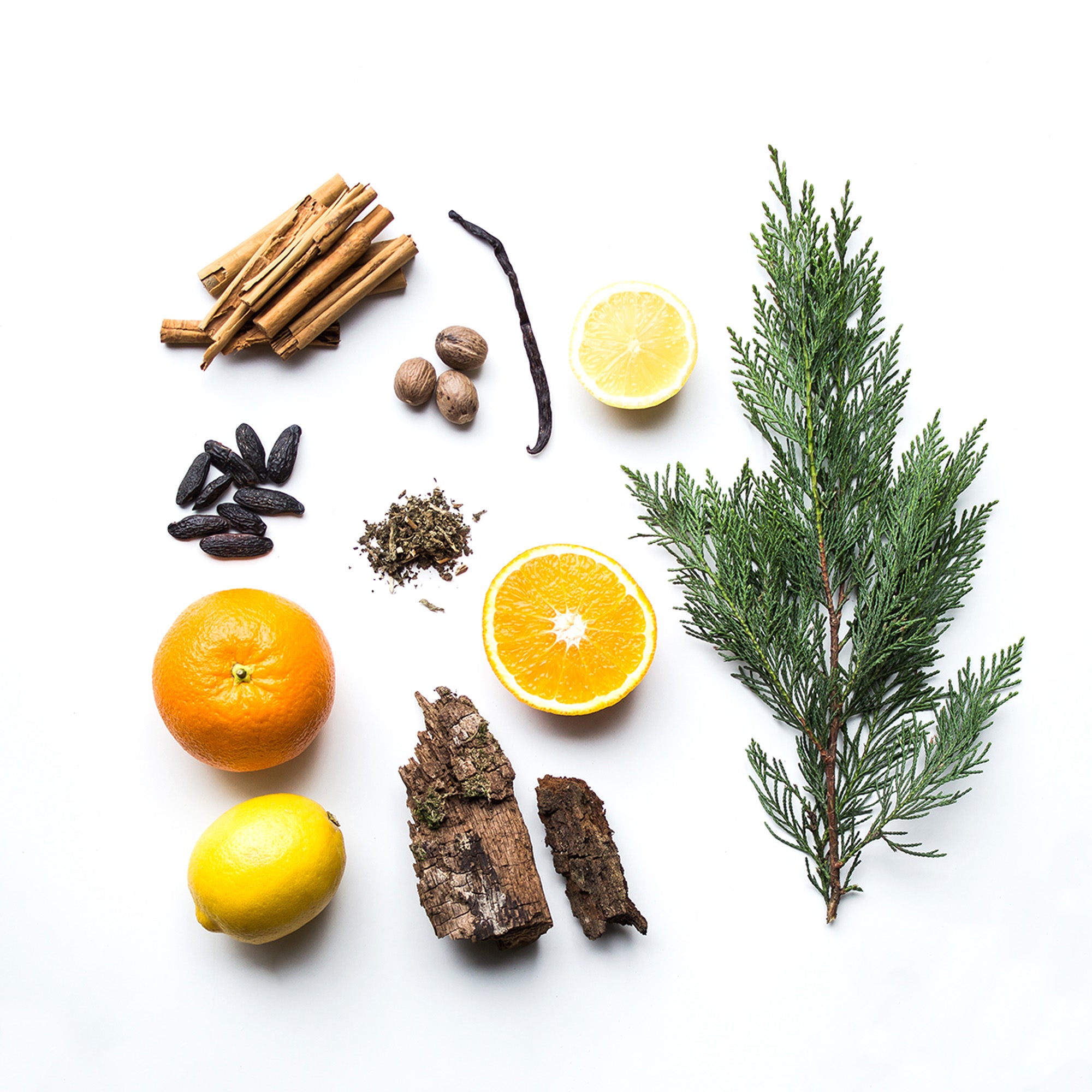At Thomas Clipper we believe in radical transparency. That means pulling back the curtains and letting you in to the secret world of fragrance, scent and what it takes to bring an aftershave to life.

In this new blog post series, we talk you through the process of how we've developed our fifth cologne: Atlantic. There's also an accompanying podcast you can check out whilst exercising, chillaxing or trying to ignore the kids in the house. In this blog post, we lift the lid on how we chose our latest scent: Atlantic.

Where do we develop our fragrances?
Grasse, France. The home of fragrance. Grasse as some of you might well know is a small town on the south coast of France near the Italian border. It’s full of beautiful cafes and bistros where you can sit outside and enjoy the sun with a nice glass of rose.
The Mediterranean climate isn’t just perfect for relaxing though, it’s also ideal for growing the fragrant flowers and fruit.
That’s important because throughout modern history the first step in making a cologne is finding the perfect raw materials and distilling them down to their essential oils. Grasse has always been ideally situated to take advantage of some incredible raw materials.
But what really put Grasse on the map was the development of technology that made distillation of scent possible on a mass scale in the 18th century. Grasse was the first to get there, and this little has been known as the home of fragrance ever since. Specialisation has made for network effects that keep Grasse relevant today, even when the tech and raw materials are less important than they used to be.
Put simply, that means it’s been able to attract the world’s best talent, a bit like silicon valley for tech, or Milan for fashion. If you want to surround yourself with the best people in fragrance, go to Grasse. And of course all the rose and Mediterranean swimming doesn’t makes it quite nice for a trip.

What's the process?
In the last blog post we discussed how we briefed our nose.
From Grasse, we - the Thomas Clipper team - received a longlist of six delicious and delectable scents to choose from; three amber, and three neroli-forward.
In short, here we test, try, develop, wear and get a "feel" for the scents. It's a bit hard to describe in words, so if you want to get a sense of how we debated the choice, check out our Behind the Fragrance podcast!
So what does the winning scent, Atlantic, smell like?
So for the fragrance lovers amongst us here, let's breakdown the winning scent. We use something called the ‘scent pyramid’ to describe fragrance. Made up of top notes, heart notes and base notes, the scent pyramid is a simple way to describe the different elements that make up a fragrance.
The structure is determined by the weight of the molecules that make up the notes: lighter molecules evaporate more quickly and so the notes which they form hit you sooner. They form the 'top' part of the pyramid.
Slightly denser and heavier molecules take longer to evaporate, and so emerge after the 'top' notes - these are known as the 'heart' or 'middle' notes. And the most dense notes which evaporate last, are known as 'base' notes.
Broadly speaking, 'top' notes are light and green in nature: citrus, green notes and aldehydic notes abound. 'Middle' notes tend to be more floral and aromatic: jasmin, orange, and lavender are commonly found. And 'base' notes are the woodiest: ambers, musks, resins and ambergris frequent this part of the pyramid.
So for Atlantic, the top notes are elmi, lemon and neroli, giving it a smooth citrus opening, and that’s balanced by a little cinnamon. That’s what makes it a little bit more modern I think. It’s clearly fresh and citric, but there’s depth to it.
The heart notes feature orange blossom, which for the observant amongst you might be a bit confusing given that neroli is also orange blossom. The difference here is about how the scent is produced from the blossom: in the neroli we’ve got in the top notes it’s steam distilled, making for a slightly spicier top note. But in the heart note we’ve got orange blossom that’s been extracted rather than distilled, giving it a warmer and more floral scent better suited to the slightly slower development of the heart.
Also in the heart notes Atlantic features nutmeg, patchouli and cedarwood, but they’re in supporting roles to that really beautifully developed orange blossom. They’re what ground the fragrance and give it its masculine heart.
Finally the vital bottom notes. We’ve got some really nice smooth tonka bean, a little vanilla which you only really notice right at the end of the day we’ve found, some vegan musk notes and benzoin, which is another warm balsamic bookending the elmi in the top notes.
So the fragrance heads amongst you will be able to use that to imagine a little bit how Atlantic is going to smell. But for the rest of you, in short we’re looking at a fresh, summery and classic masculine citric.
To be honest, for this time of year it’s a tiny bit out of place, but saying that there’s been a little bit of sun the past couple days and spraying this on you’re really transported to the height of summer.
We’ve gone with this one as much for how it makes us feel as for how it smells on a more technical level. It’s basically really optimistic, sophisticated and - well it just smells really nice.
In the following blog, we'll reveal more on the all important design process. Form and function, and all that...
If you've enjoyed reading this and want to hear the sound of our voices, check out our podcast 'Behind the Fragrance' now.
